(3 minute read)
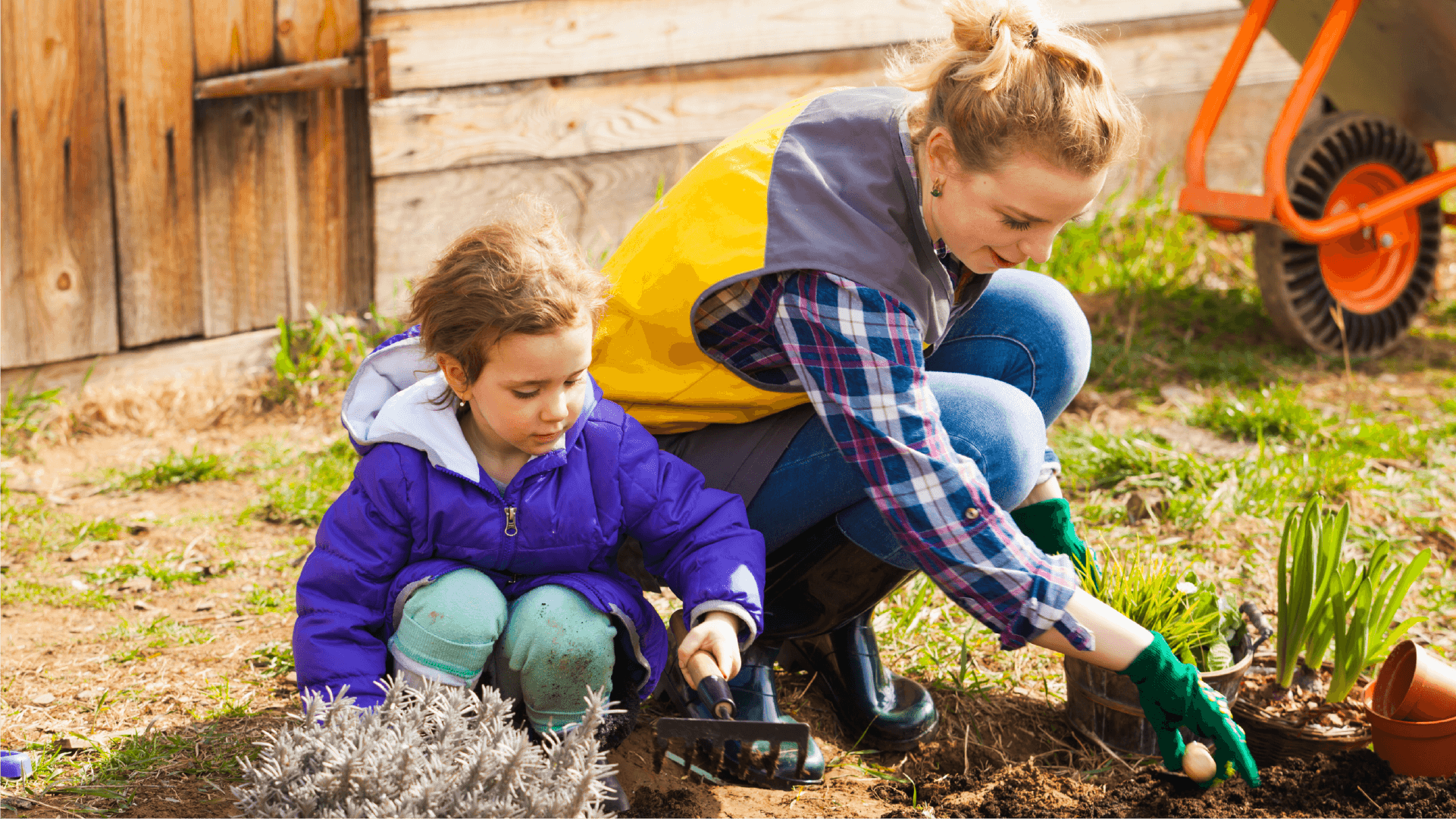
The first holidays of the year can seem like a long time coming after a long dark January… But it can be the perfect time to start a growth spurt for you and your little ones - not in height but in seedlings! With loads of benefits to growing your own veg, we explore some quick and easy crops to grow with your little ones this spring break.
Now is a great time of year to start growing crops, ready to harvest throughout the summer. Providing a much needed connection to nature, bringing your little ones in on the job can provide many benefits: fresh food, help with cooking, the joys of seeing something you have cared for grow and flourish - not to mention that tomatoes from the vine are SO much tastier than the ones from the super market - and are super easy to grow!
I recommend starting with one easy veg if you’re a complete beginner when it comes to gardening and there are plenty of videos online to help guide you if you get stuck. I have selected a few of my favourites to talk about here.
Buy seeds that you can plant together so that your kid can witness the full lifecycle of a plant - a great teaching point that will help them out in school too! Courgettes are super fast to grow from seed - just six weeks and you can potentially have your first crop. Get your child to simply drop the seeds into seed tray to start them off indoors early, then show them how to choose the strong ones to transplant into bigger pots (compost the weaker ones). You’ll need to wait until warmer weather to plant them out in the garden, but then just feed them weekly for a good crop. If you don;t have a garden, you can plant them in a large pot at least 45 cm high and 45 cm wide. Your child can start to harvest them when the courgettes are 10cm long - a good chance to practise their mathematical measuring skills too!
Salad leaves are extremely easy to grow from seed, with rocket having large enough seeds for small hands to manage. They can be grown in a window box, meaning you only need a windowsill to start the process. Salad is especially rewarding as it will keep cropping for weeks, especially if you stagger the planting, allowing plenty of healthy dinners while you have a supply! You’ll need to harvest those leaves with scissors though, so adult-assistance may be required for this job.
With tomatoes, you can actually scoop out the seeds from an existing tomato, but you’ll need to harvest and dry them in advance. Growing them from seed requires a bit more work, planting in seed pots to start them off indoors, then planting out once they have established themselves. Much easier to buy tomato plants that have gone through the difficult seedling part and have been given a good start in life. Encourage your child to water and feed them with tomato food throughout the summer, and pick the fresh sweet red beauties as they fruit.
See this article for more details on how to grow easy crops.
If you’re already playing Teach Your Monster Adventurous Eating, your child may have some idea of the growth cycle of a plant from the garden in the game. Of course, we had to speed up the process in the game so they’d probably have a wildly unrealistic idea of how quick this process is! Planting veg with your kid is a great teaching point for them, to see this in real-time from seed to plate and literally eat the fruits of their labour!
Kay Leathers
Freelance writer and designer
(3 minute read)
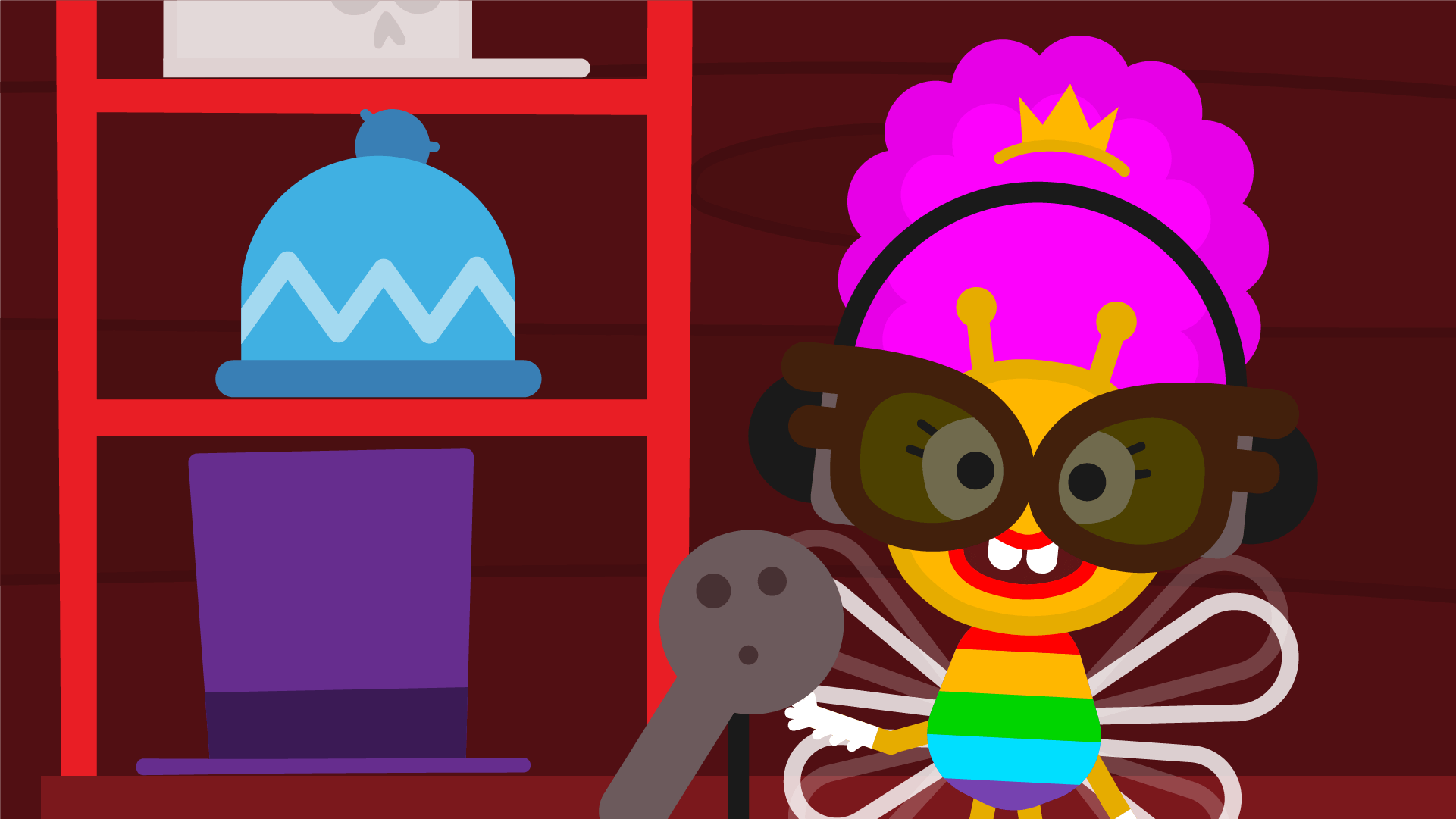
Today we sat down with our very own Queenie Bee from Teach Your Monster Number Skills and asked her some questions about her life. We thought it would be a good opportunity for you and your little ones to learn a bit more about her - why don’t you and your kids read it together? Here is a printable version if you’d like the children to read along with you.
Interviewer: What's your favourite number?
Queenie Bee: My favourite number has to be 4 - I love how 2 and another 2 make four, that’s 2 twos!
Interviewer: How come you own a number park?
Queenie Bee: Ever since I was a tiny bee I’ve loved numbers. I’d spend hours bumbling along counting flowers and pollen all day long. What I ALWAYS wanted to do is celebrate numbers by combining my other passion — theme parks!
I scrimped and saved counting the pennies, plus a generous donation from my Grandmother Queenie Ay (that’s who I inherited my hair from) I managed to buy a run down old theme park.
Of course, back then it was actually an Alphabet park! Letters absolutely everywhere! I thought ‘nine nine no, this has to go!’ I just had to change it because I love numbers soooooo much and I think everyone should love numbers just as much as I do.
Interviewer: How much do you love numbers?
Queenie Bee: Oh well how long have you got for this interview? Ho ho!
Numbers are the best - it is a language everyone can understand, no matter what language you speak. Everyone can learn numbers and they go on and on forever. Not many things can do that you know!
Do you know what - I love numbers so much, I eat number cereal for breakfast, number nuggets for lunch and number salad for dinner! I even dream in numbers!
Interviewer: If you could build anything in your park what would it be?
Queenie Bee: I’d build a huge statue of me!! Although I don’t think Angela the sea monster would be very happy if she saw it…
Interviewer: Who or what's your biggest Maths inspiration?
Queenie Bee: Whoever invented number bonds, they’re so fun aren’t they?
Interviewer: What's the deal with Angela the Sea Monster?
Queenie Bee: Well Angela can get a little peckish and she has a fondness for submarines and boats. As you can imagine this can be troublesome when trying to get monsters to the park. Luckily she also loves our house band and number based songs. If monsters do well practising numbers, the band will play which cheers her up and we can often get her to spit out submarine parts. And other things.
Interviewer: Isn't turtles a weird way to cross a river?
Queenie Bee: Isn’t a bridge a weird way to cross a river?
It gives turtles a job to do, what do turtles do where you come from? Nothing. That’s right. Poor turtles don’t have anything to do! Terrible shame, I say. They make an excellent bridge.
Interviewer: Where do you get those outfits from?
Queenie Bee: Well Moo (my cow friend) is actually an excellent tailor and makes them for me - as you can see they are skin tight and in my favourite colour - rainbow!
Interviewer: Where do numsters come from?
Queenie Bee: Well numsters are an unusual species of monster that come from the top of Mount Numbaro, a mountain just north of Number Park. Once a year, I have to hike up there with a huge sack and get them all from a cave at the summit. This is very hard because as you know, they like to stick in groups mostly - the orange ones love being in tens! Makes them very hard to shove in the sack… anyway they love Number Park because they get to go on the slides and the rollercoaster all day…
Well there you have it, straight from the Queen’s mouth! Stay tuned for more interviews with our other Teach Your Monster Monsters coming soon…
(3 minute read)
World Book Day is a fabulous day for inspiring a passion for all things reading and books! Of course, here at Teach Your Monster, we’re very passionate about reading, from Teach Your Monster to Read - our game which teaches the building blocks of reading - phonics, all the way through to Teach Your Monster Reading For Fun - our ‘reading for pleasure’ game. We thought World Book Day would be a great opportunity to tell you all about the books in Teach Your Monster Reading For Fun, why we choose them and why we love them so much!
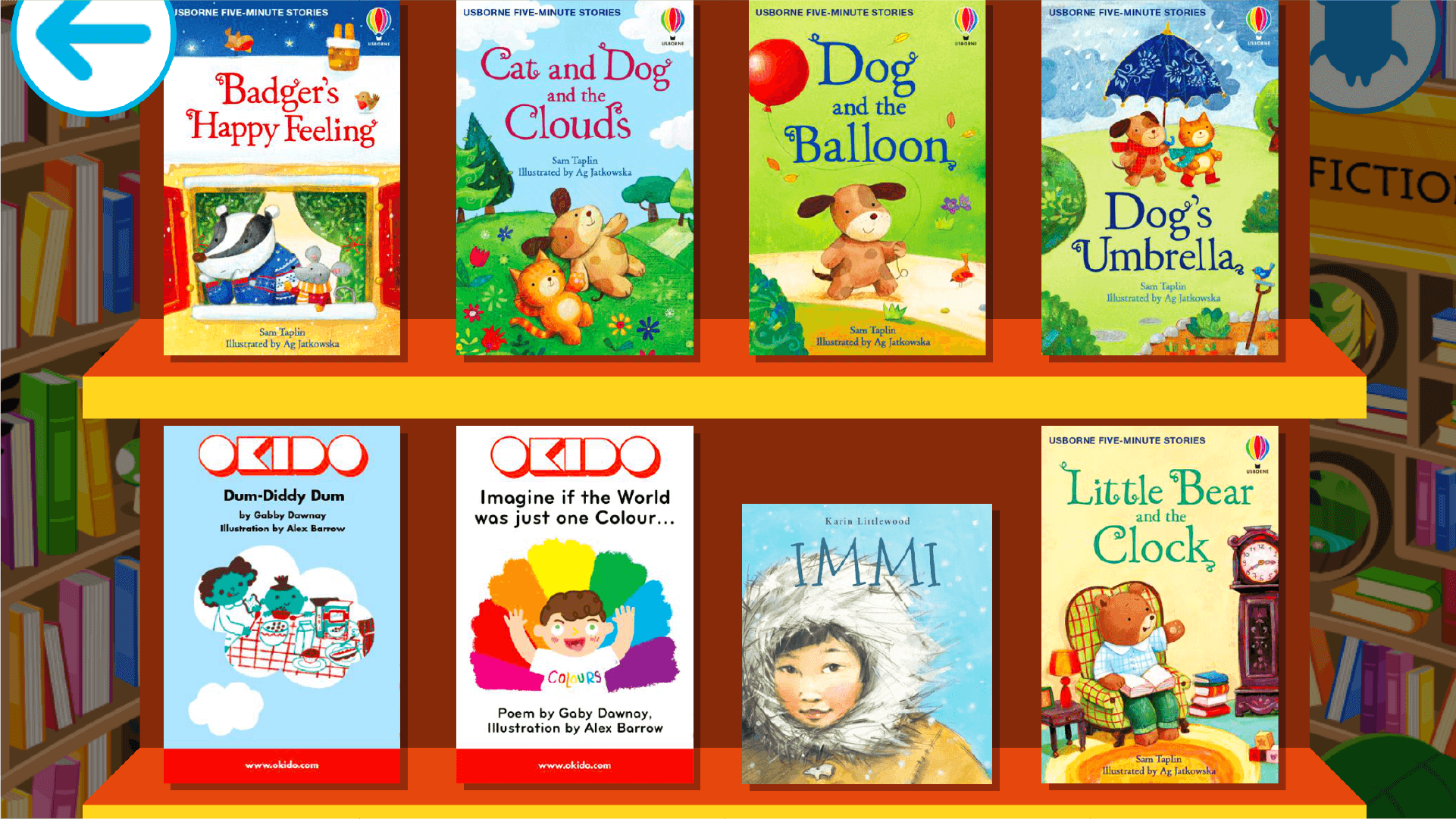
Reading for Fun has a library of over 70 books. Al, our Product Manager for Reading for Fun says that the books in the game are a fantastic way to introduce kids to a variety of texts, in a casual, fun way.
"I’ll avoid being self-indulgent and suggesting you read my very own Teach Your Monster: Football Quiz book, as football and quizzes may not even be your thing! Besides, there are plenty of other top reads in a wonderful collection of free books!"
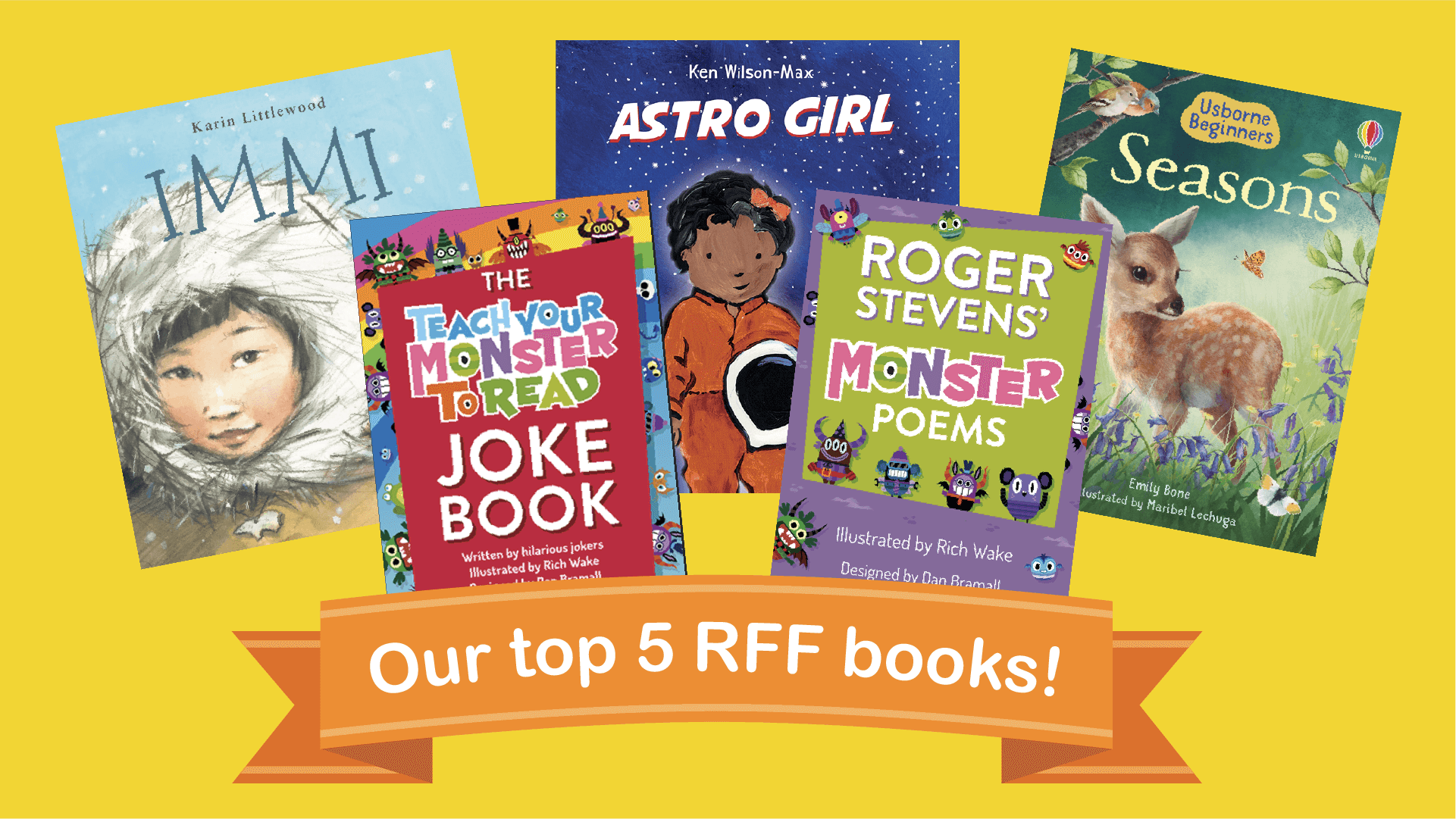
Here’s Al’s top 5 Reading for Fun books:
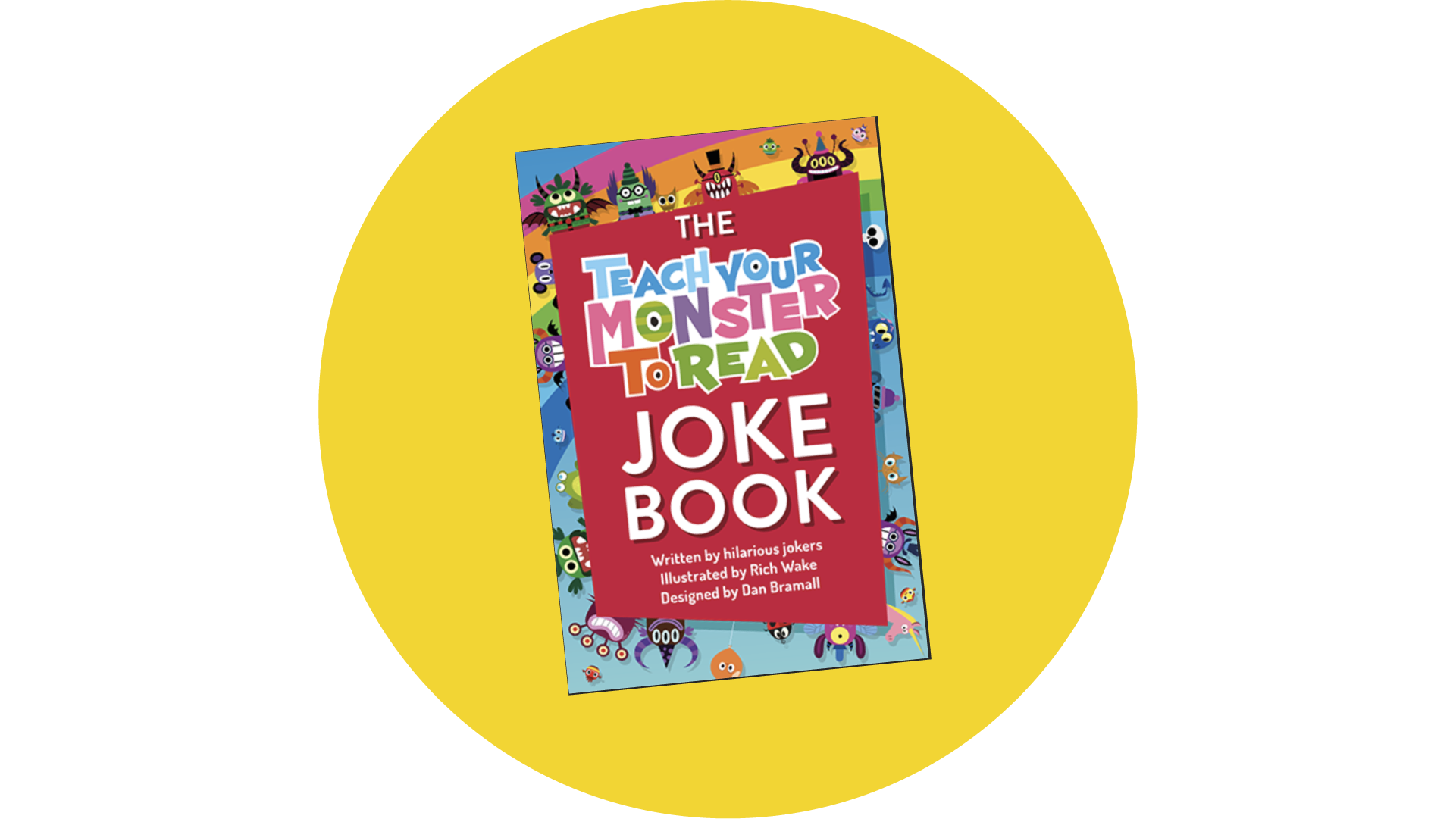
Book 1: Teach Your Monster Joke Book
What is it about? I was trying to think of something witty to say here, but nothing can top the wise little gags in this corker of a book.
Who wrote it? A bunch of hilarious jokers. And it was illustrated by the very talented Rich Wake!
Who would like it? Anyone with a sense of humour?!
Why would you want to read it? Sometimes it’s nice to just pick up a book and have a flick through. It’s great for one-liners that you keep in your back-pocket for unsuspecting friends!
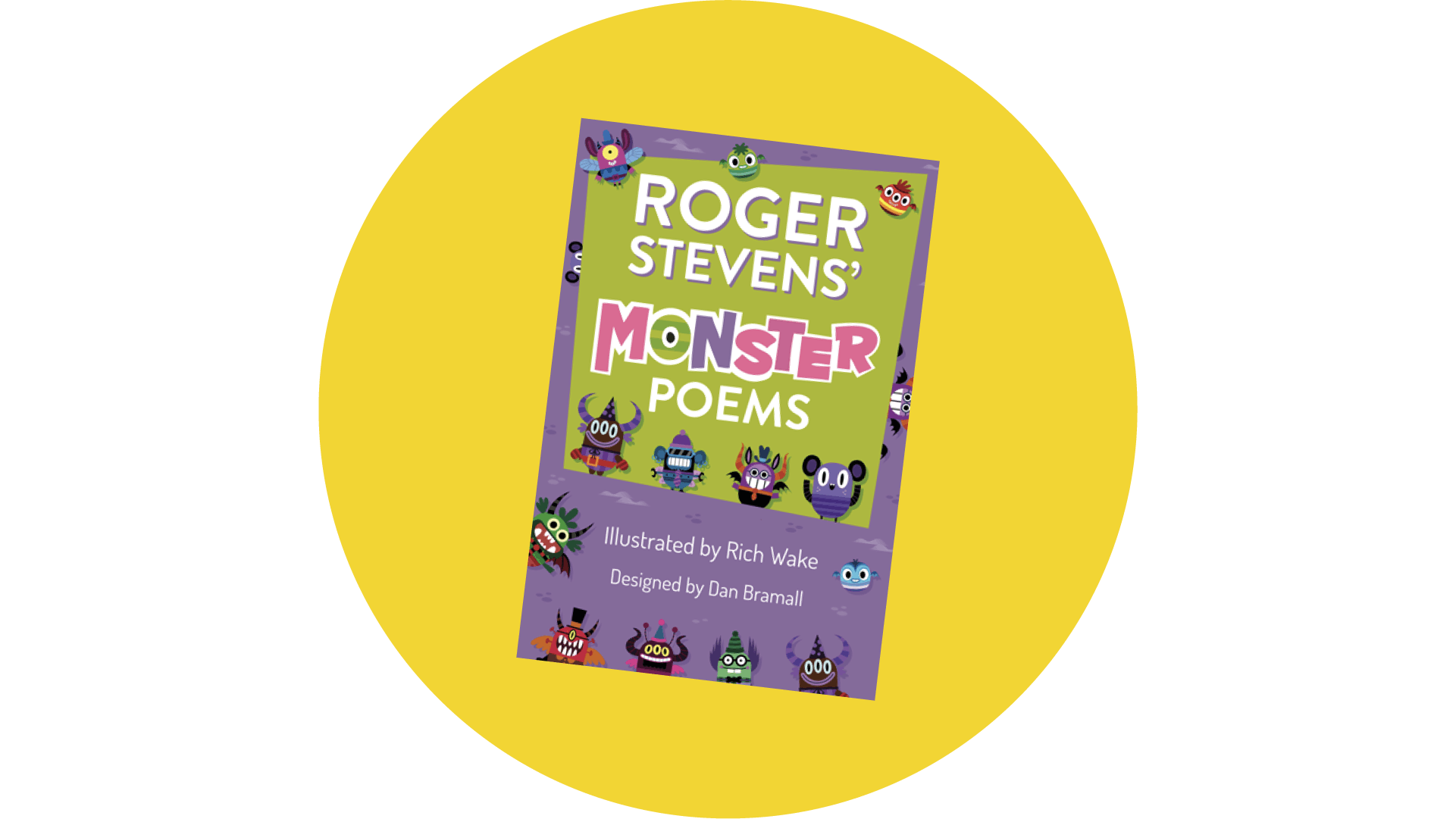
Book 2: Roger Stevens’ Monster Poems
What is it about? Roger has given us some amazing poems in this gem.
Who wrote it? Roger Stevens
Who would like it? Anyone who likes rhyme, monsters, or plays Reading for Fun!
Why would you want to read it? You’ll definitely want to read this as you play the Reading for Fun game. The poems are woven in with the game world - which brings everything to life!
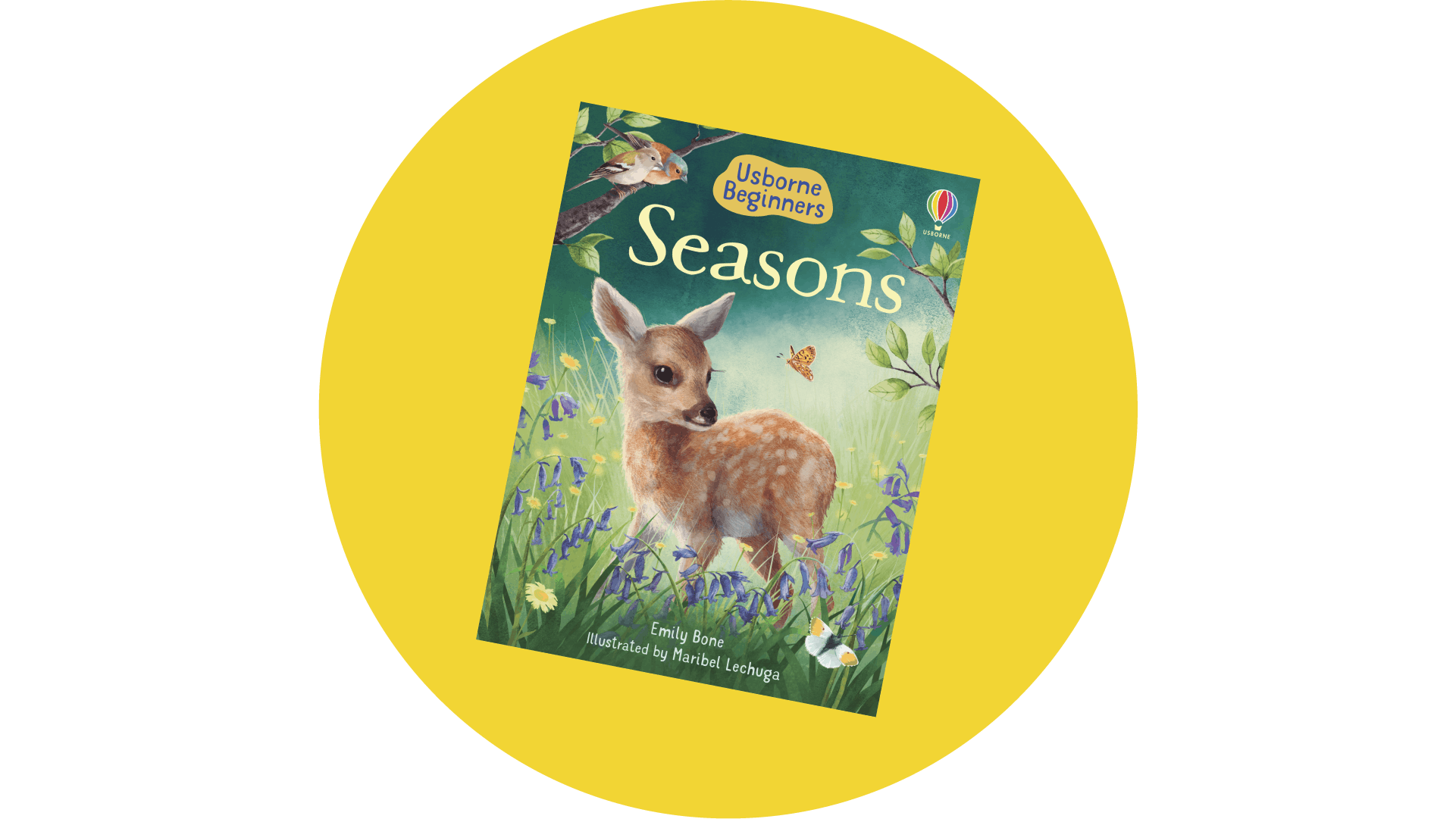
Book 3: Seasons
What is it about? It’s a look through the changing seasons. Sit back and read about baby animals, snowy winters and the changing wildlife.
Who wrote it? Emily Bone
Who would like it? Anyone who wants to learn more about the seasons.
Why would you want to read it? To have a mindful moment with nature.

Book 4: Astro Girl
What is it about? It’s about a girl, Astrid, who plays with her dad at home, thinking about all the adventures she can have in space! No spoilers, but it has a great ending with Astrid’s mum.
Who wrote it? Ken Wilson-Max
Who would like it? Anyone who loves space!
Why would you want to read it? This book is a great family read! A playful bedtime story with lots of positive messages.
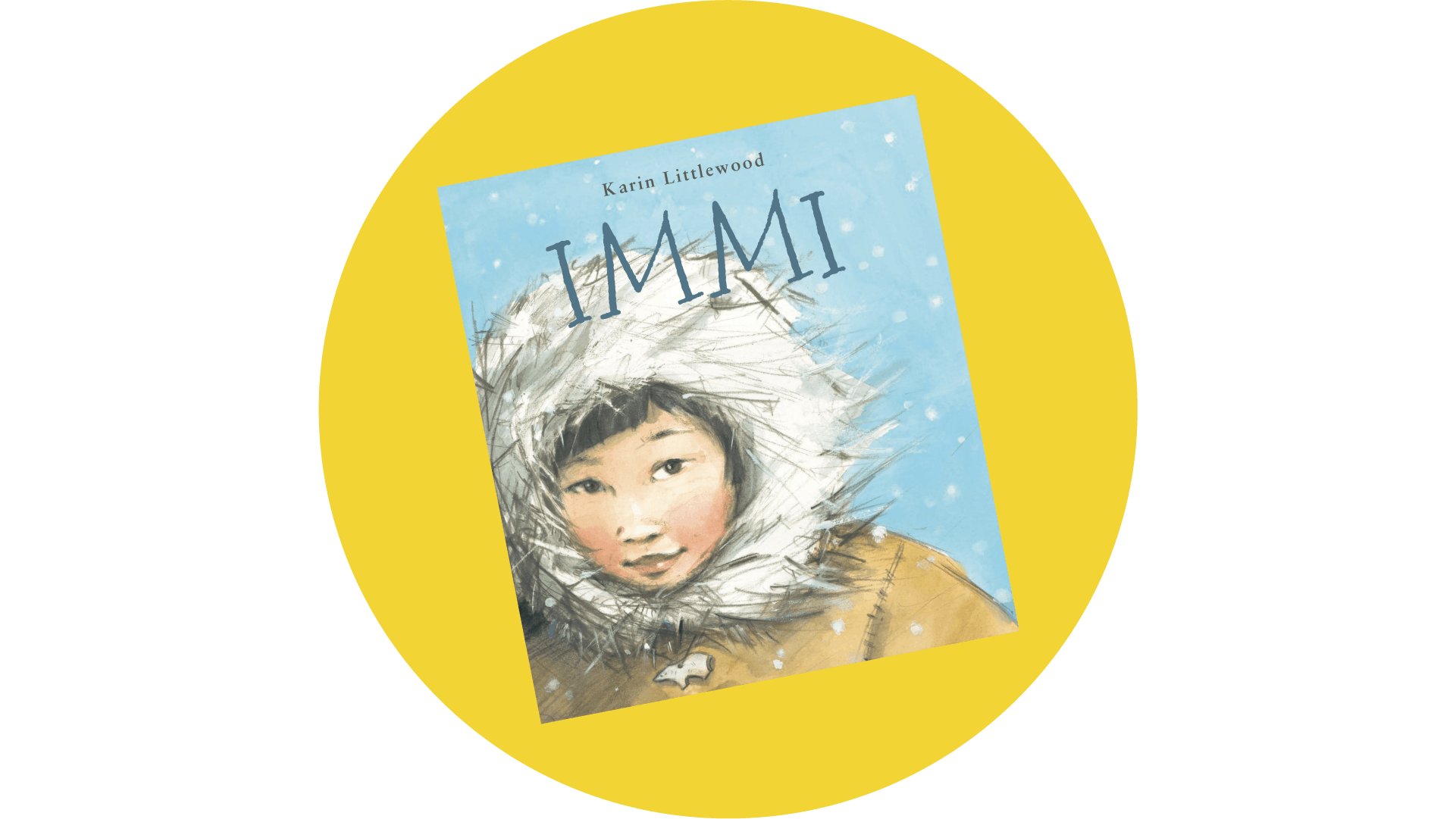
Book 5: Immi
What is it about? It’s about a young girl called Immi who discovers beautiful new things to decorate her igloo with.
Who wrote it? Karin Littlewood
Who would like it? Anyone who wants to get lost in another world for a moment.
Why would you want to read it? To snuggle up with a story about being creative, using your imagination and making meaningful connections
------

Alex Goss
Teach Your Monster to Read and Reading for Fun Product Manager
(4 minute read)
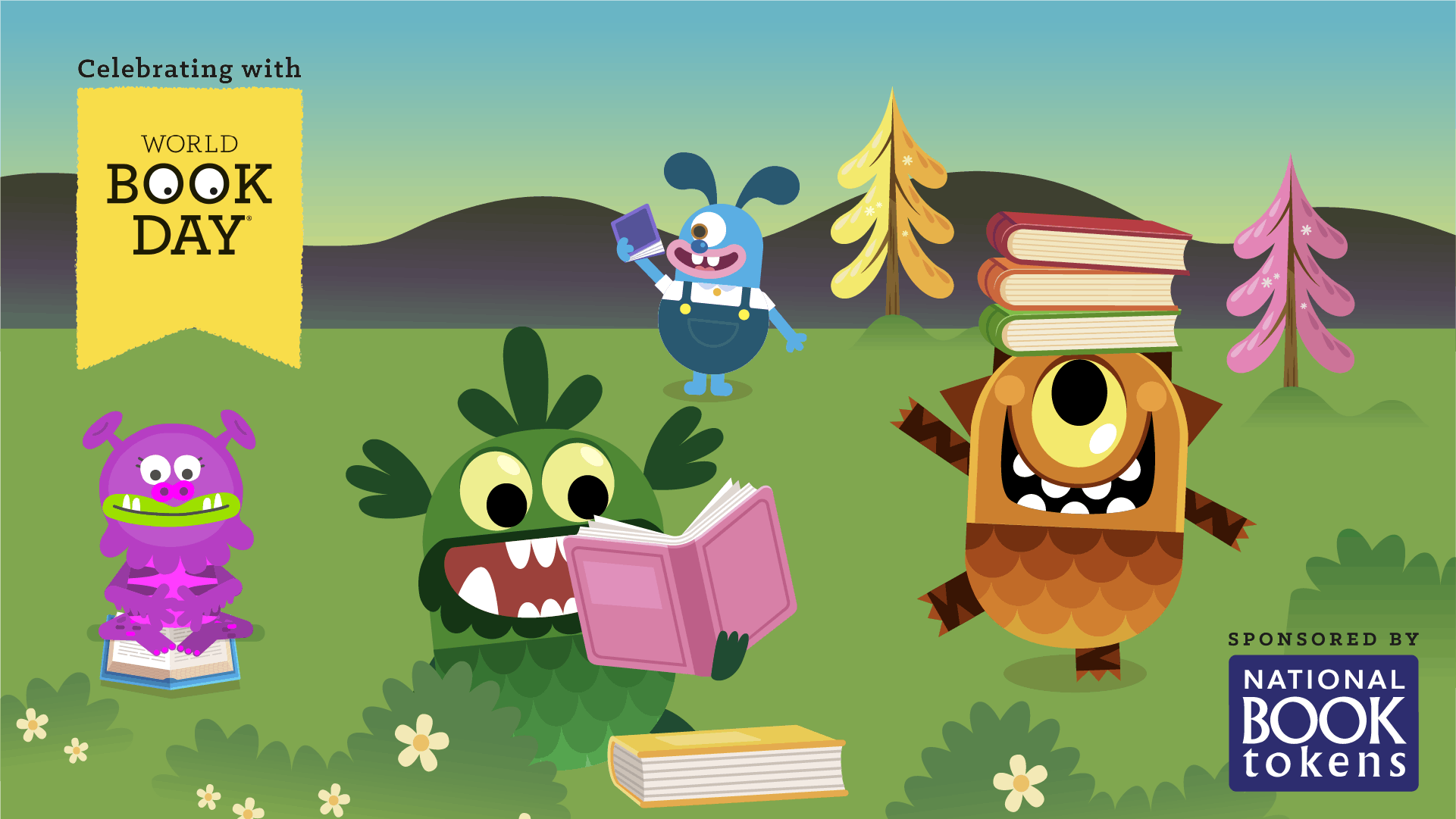
World Book Day is a charity whose mission is to encourage all children to love reading for pleasure. An annual celebration of authors, illustrators, books and the joy of reading, this year's World Book Day will be taking place on Thursday 7 March 2024. But is it just a chance for many kids to go to school dressed up as Spiderman? Does World Book Day really have an impact on reading? These are the important questions!
As an ex-Primary school teacher, I remember World Book Day fondly and how excited the kids got at being dressed up and having the tokens ready to spend at the pop-up book store in the downstairs hall! I think it provides a strong way to embed a love of reading at an early age, and provides an excellent opportunity for teachers to really hound the point about reading for pleasure and autonomy when it comes to book choice - something that I never quite got in my own learning back in the 80s/90s! I love books now of course, and reading to the little ones was always a great joy in being a teacher.
More studiously however, The Literacy Trust did a comprehensive report on the impact of World Book Day, which found that it helps children in two ways: aiding all children to become book owners, many for the first time, and by supporting a variety of activities and experiences essential for building life-long readers.
----
With all the book tokens given out on the day, children can get their £1 World Book Day book for free with their token, so it really can help ALL children get access to physical books. We asked our team which books they would love to give away this World Book Day:
TYM team Book recommendations:
“I'd go for a picture book The Stinky Cheese Man and Other Fairly Stupid Tales by Jon Scieszka and Lane Smith. It's all the tales you know but with a very silly twist and all the tales come crashing together in one chaotic conclusion. Great illustrations and design too. See also The True Story of the Three Little Pigs by the same author.” Darren, Creative Director.
“Mr Gum books are the best books” Matt, Game Developer.
“What do people do all day by Richard Scarry.” Leo, Number Skills Product Manager
“Don’t worry little Crab and the other books in the series by Chris Haughton.” Mor, UX Lead
Remember that there are over 70 books in our reading app Teach Your Monster Reading for Fun too!
-----
On World Book Day, teachers can look to the World Book day website for fun ideas and activities, or use the day to celebrate a book they’ve already been reading in class. They may also dress up as a book character themselves - bringing great joy and a giggle to their pupils! To the parents out there, we know that it can be tricky to put together a decent outfit for World Book Day so here are some of our team’s Top Tips!
Kid’s dressing up - our TYM top tips
“Hang on to everything you have in a dressing up box. You'll be surprised what you can pull together in an emergency with a flat cap and fake beard.” Darren, Creative Director.
“I remember dressing up as the Snow Queen for world book day many moons ago. My Mum made me this amazing spangly cape with fake icicles and we made a tin foil spiky crown. Great book that!” Alice, Designer.
“Anything can be made with a big enough cereal box - why not cut a head hole in one side and paint the box to look like a book? Then you can put any title on there, with a few simple touches and recycle it year on year (with a different name)” Kay, Freelance Designer.
We have also made these Teach Your Monster to Read printable masks and Reading for Fun printable masks as a free download!
We really hope you have an amazing World Book Day this March 7th and we hope to see some little monsters popping up in your local school!
Kay Leathers,
Ex-Primary Teacher and Freelancer
(4 minute read)
Did you grow up in the eighties and nineties? Have you been helping out with your child's homework? Does the modern math that children learn seem potentially bewildering? We have some answers.
Despite its name, New Math isn’t a new concept. Originating in the 1950s and 1960s, New Mathematics was a fresh approach to mathematics teaching, widely adopted by educators in the US and some parts of Western Europe. The main aim of New Math was to revamp the U.S. mathematics curriculum in response to the demands of the space race, technological advancements, and the pressures of the Cold War.
Instead of adopting a ‘learning by rote’ approach to simply teaching children formulas and rules they should rigidly follow, New Math was designed to equip learners with problem-solving skills and an ability to apply mathematical concepts to real-world problems. Today New Math simply means updating learning practices to equip students with the skills to not only find the right answers to mathematical problems, but also understand how and why they were able to solve the problems.

Why Parents Are Struggling With New Math
The way mathematics is taught has constantly evolved especially since the early reforms of the mid-20th Century. For parents, especially those born in the 80s and 90s, there are significant differences to how they were taught.
Instead of just learning how to do something, like multiply or divide, students are encouraged to understand why these operations work the way they do. This might involve more discussion about the principles behind mathematical operations, rather than just memorizing times tables or formulas.
New Math places a greater emphasis on problem-solving skills — students are encouraged to think critically about how to approach a problem, consider different methods, and understand that there might be multiple ways to find a solution. This sits in stark contrast to the ways many of today's parents were taught where there was one way only to find the right answer. But it's important to understand that this new approach isn't just about getting the right answer — it's about understanding mathematical concepts behind getting an answer and being able to apply them in different contexts.
The Downsides To New Math
While there are obvious pros to learning critical thinking and problem-solving skills, there are some cons.
Radical changes in learning have created a divide between children and parents who are struggling to support their children with homework. During the global pandemic, where many parents suddenly become home educators, the gap between methods taught 30-40 years ago and those taught today became glaringly obvious.
Another key issue is that New Math uses word-based problems to expand on mathematical concepts. Word problems require a certain level of reading comprehension, where students must be able to read, understand, and interpret the text of the problem before they can begin to solve the mathematical nature of the question. For students with reading difficulties, this can be a significant barrier to math learning.

How Parents Can Embrace New Math
Incorporating New Math methods into daily life in a playful way is actually quite easy. It can be a great way for parents to reinforce what their children are learning in school, and also begin to grasp the concept themselves.
- Shopping trips are a perfect opportunity to practice math skills. Ask your child to help you calculate the total cost of items, figure out unit prices, or determine how much change you should receive when paying with cash. These simple real-world sums make use of addition, subtraction, and multiplication, not to mention working out percentages when calculating discounts.
- Cooking at home is another great way to apply math to real life. Recipes are excellent for practising measurements and fractions. Have your child help you measure ingredients ask them to do conversions, or to double or half quantities in recipes.
- Props such as buttons, coins or Lego can help children (and parents) visualise problems and solutions. If your child is learning number bonds, picking out seven pieces of Lego and splitting them into two and five, and then three and four, can help both you and your child familiarise yourselves with the concept and then understand how it works.
While you’re doing this don’t forget to encourage your child to explain their thinking as they solve a problem - it all helps develop their ability to articulate mathematical concepts. You’ll not only help your child see the relevance and application of what they are learning but also potentially reduce anxiety by making math a normal, routine part of life.
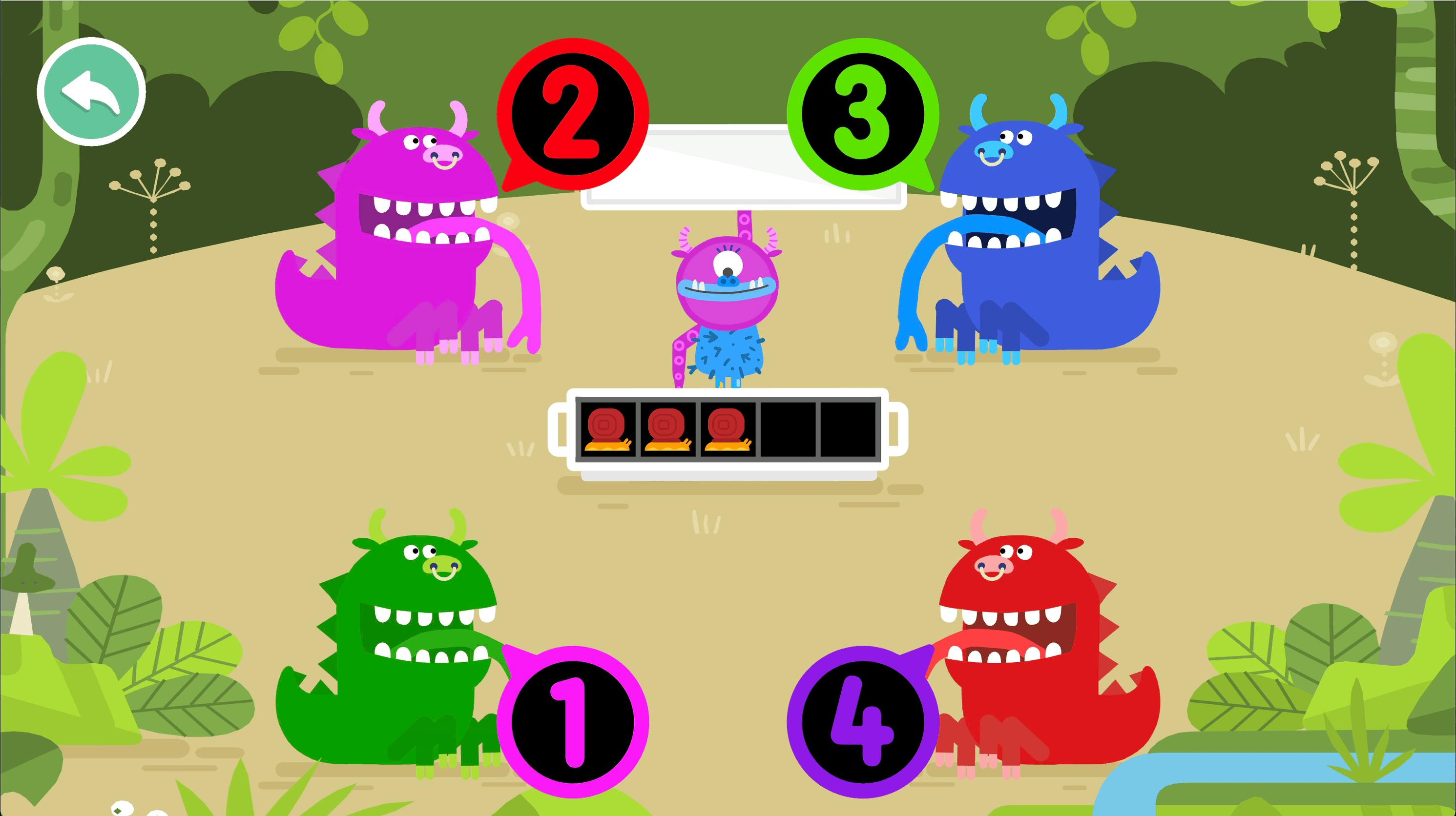
How Teach Your Monster Number Skills Helps With New Math
Games such as Teach Your Monster Number Skills are designed using the same principles of modern Math teaching and are a great way to help both you and your child understand mathematical concepts:
- Helps children practice important mathematical skills and concepts such as number bonds and subitizing using visual manipulatives
- Uses graphics, animation and voice-over to overcome challenges faced by learners who struggle with reading comprehension
- Reduces ‘math anxiety’ through encouraging language which reinforces positive learning techniques
- Helps children and parents learn concepts together, making homework and later learning easier to understand
- Consolidates and compounds school learning through repetition at home













